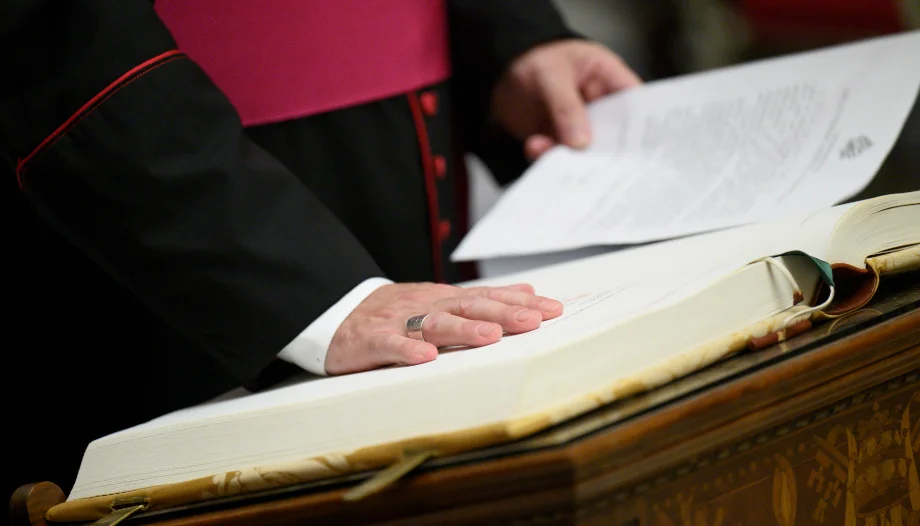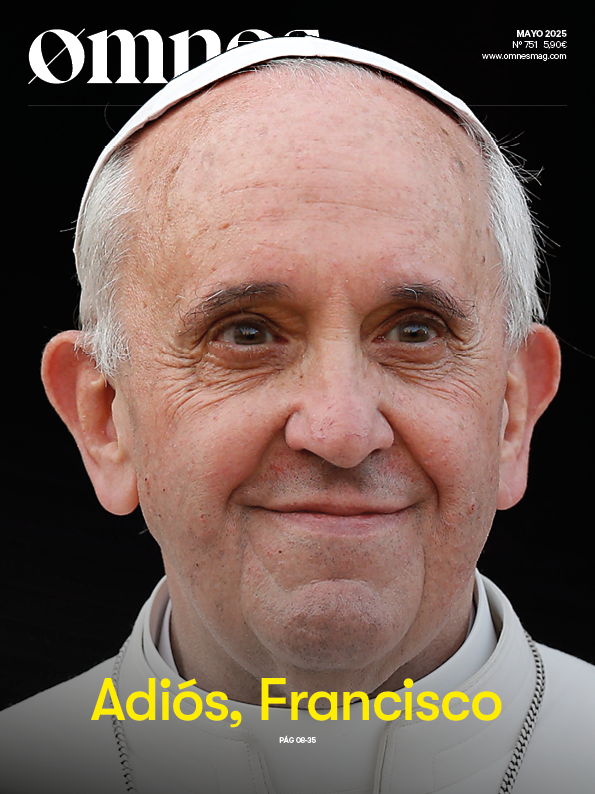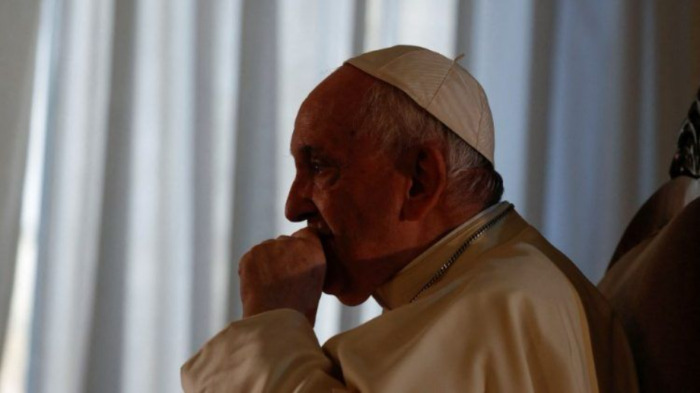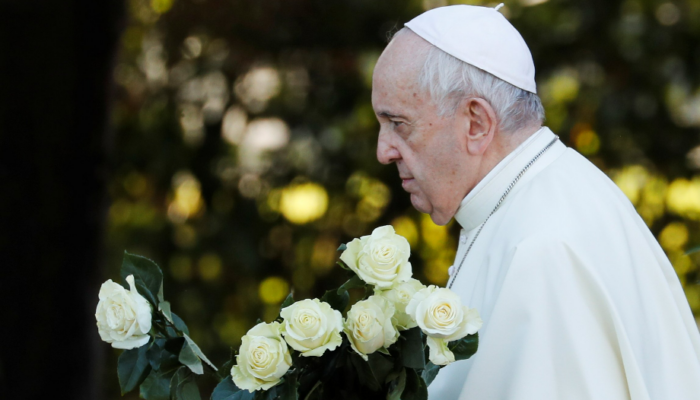On May 7, 2025, the Catholic Church begins the conclave to elect the new pontiff, a process governed by rules and traditions that guarantee its solemnity and secrecy.
Conclave Rules
Before the conclave begins, at 10:00 a.m., the cardinals will celebrate the "Mass Pro Eligendo Pontifice" in St. Peter's Basilica. This liturgical ceremony invokes the guidance of the Holy Spirit for the election of the new Pope and will be presided over by Cardinal Giovanni Battista Re, dean of the College of Cardinals.
In the afternoon, at 4:30 p.m., the entrance procession of the cardinals into the Sistine Chapel will take place. oath of the cardinals, after which the "extra omnes" will be pronounced and the first vote will take place.
From Thursday onwards, four ballots are held daily: two in the morning and two in the afternoon. After the morning and evening votes, a smoke is emitted from the chimney of the Sistine Chapel: white if there is a new pope, black if the required majority has not been reached.
A two-thirds majority (89 votes) is required for a valid election.
And, an important nuance, if after three days a Pope has not been elected, a day of pause for prayer and reflection is granted. This means that if the Pope is not elected before Saturday, there will be no voting on Sunday.
Safety and Isolation Measures
To preserve the confidentiality of the process and prevent communication with the outside world, the windows of the Santa Marta that overlook the city of Rome and exceed the height of the Vatican walls. Before the cardinals occupy their rooms, the cardinals' belongings will be searched, ensuring that they are not carrying communication devices.
As was the case during the 2013 conclave, signal jammers, anti-drone systems and laser protection are used to prevent any leakage of information, not only in the Sistine Chapel, but also in the inner perimeter of the Vatican City.
Profiles of the Cardinal Electors
Of the 135 eligible cardinals, 133 will participate in the conclave. Of the cardinal electors, 5 were appointed by John Paul II, 22 by Benedict XVI and 108 by Francis.
There are 133 cardinals with voting rights, representing 71 countries, making this the most multicultural conclave to date. In terms of geographic distribution, 53 are from Europe, 23 from Asia, 18 from Africa, 68 from the Americas (16 from North America, 4 from Central America and 17 from South America) and 4 from Oceania.
Italy has 17 cardinal electors, the United States with 10, Brazil with 7, Spain and France with 5, India, Argentina, Canada, Portugal and Poland with 4.
Two cardinals will not attend the conclave due to illness, the Spanish Antonio Cañizares and the Kenyan John Njue. Bosnian Cardinal Vilko Puljić will vote from his room at the Casa Santa Marta, due to his delicate health condition.
Duration of the last conclaves
The average duration of conclaves in the 20th and 21st centuries has been three days. Pius XII and Benedict XVI were elected in two days. John Paul II was elected on the fourth day of the conclave and Pius XI took 5 days.
In the long and chaotic conclave that followed the death of Pope Clement IV, held in Viterbo between 1268 and 1271, the cardinals took almost three years to reach an agreement, which led the civil authorities to take extreme measures: they sealed the building, reduced the food to bread and water, and finally removed the roof of the place where they deliberated, exposing them to the elements.
This drastic pressure had an effect and Pope Gregory X was finally elected, who, after assuming the pontificate, established the first formal rules of the conclave at the Council of Lyon in 1274, marking a milestone in the history of the papal election process.
Measures for the Conclave
To guarantee the safe and absolutely confidential development of the conclave, the Vatican has deployed an unprecedented set of logistical and security measures. A team of 60 employees is working intensively to adapt the Sistine Chapel, installing technological systems to prevent any kind of communication with the outside world, in addition to adapting the sacred space as a voting room.
In line with the strict secrecy rules, nurses, elevator operators and other personnel authorized to move in the areas will take an oath of secrecy of office the day before the conclave begins.
Due to the large number of participants and attendees, additional rooms have been set up both in the former Santa Marta House and in the nearby Teutonic College, thus reinforcing the necessary isolation for this solemn and reserved process that will mark the future of the Church.


